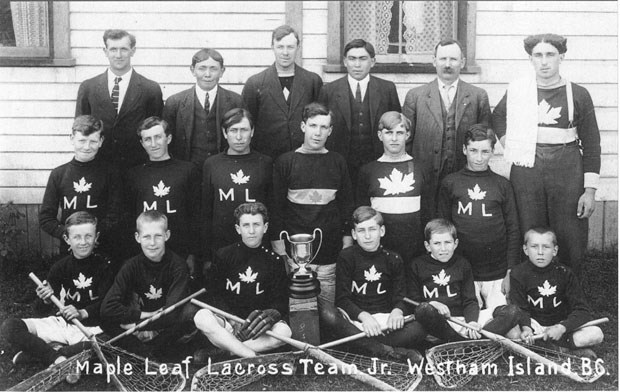As Canadians gather with others from around the world in France this Sunday to mark the centennial anniversary of the battle of Vimy Ridge, a Delta historian is doing his part to ensure the sacrifices of local soldiers are also remembered.
Peter Broznitsky, who has been working to identify soldiers on the cenotaph in Ladner's Memorial Park, said there is a local connection to the battle of Vimy Ridge.
According to his research, Pte. Stanley C. Smith, son of Mr. and Mrs. W. Smith of Ladner, was killed in action during the battle.
He was said to be 18 at the time, but was actually 16 when he joined the 121st Western Irish in 1915.
"I doubt that many in this community know that anyone from the community died in Vimy," said Broznitsky. "This is a major historical moment of great significance to Canada, so people need to know about guys like Stan and the many others from across this country who gave up their lives."
Broznitsky said when he tells the story of Smith in his presentations, especially to young students, most are taken aback by his age.
"The fact that he added two years to his age in order to be eligible to enlist speaks to how times were back then and the strong desire that the young men had to fight for their country," Broznitsky said.
The local connections to the war don't end at the battle of Vimy Ridge.
Prior to the First World War, during the fall and winter of 1913-14, the Westham Island Junior Maple Leaf lacrosse team played against nearby opponents. They posed, 12 strong, some smiling, some stern, in a photo with the cup they had just won.
Soon, seven of them would join the Canadian Expeditionary Force. Of those seven, only three would return to Ladner. Four, who knelt in the same row for the team photo, lie in France or Belgium with their names etched in the cenotaph in Ladner. They include Smith, Basil French, Geoffrey Wallington McCallan and John Edward (Jack) Falk.
"In researching casualties in the Great War, the war that was supposed to end all wars, historians use an estimate of one in 10," said Broznitsky. "Ten per cent of the men who joined the Canadian fighting forces died. To have four boys lost from a team of 12 is sad, but not terribly unusual. Cities and towns and villages and hamlets across Canada will likely have a similar tale."
French was born in Calgary, lived in Saskatchewan and Ontario, and by 1913 it appears he was under the care of farmer Alfred Williams on Westham Island. He enlisted in 1915 in Vernon with the 62nd Battalion. He died in battle in 1916 in France.
Ladner-born McCallan enlisted at age 18 with the 47th Westminster Battalion in 1915. His service with the 47th would have taken him into many hot spots. He died while awaiting demobilization, in hospital in 1919, of broncho-pneumonia, likely caused by the Spanish Flu.
Falk is the only foreign-born man on the Ladner cenotaph, born in Gottenborg, Sweden in 1896. By 1900 he was living on Westham Island with his farming parents Gustave and Ellen and his twin brother George.
Falk enlisted at age 19 with the 121st at New Westminster in May 1916.
He survived Vimy and Passchendaele, but was killed in action two months before the end of the war on Sept. 2, 1918.
An estimated 30,000 Canadians will be in France for commemorative ceremonies, including students from Delta and South Delta secondary schools.



